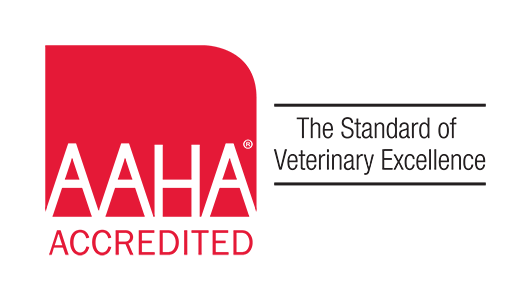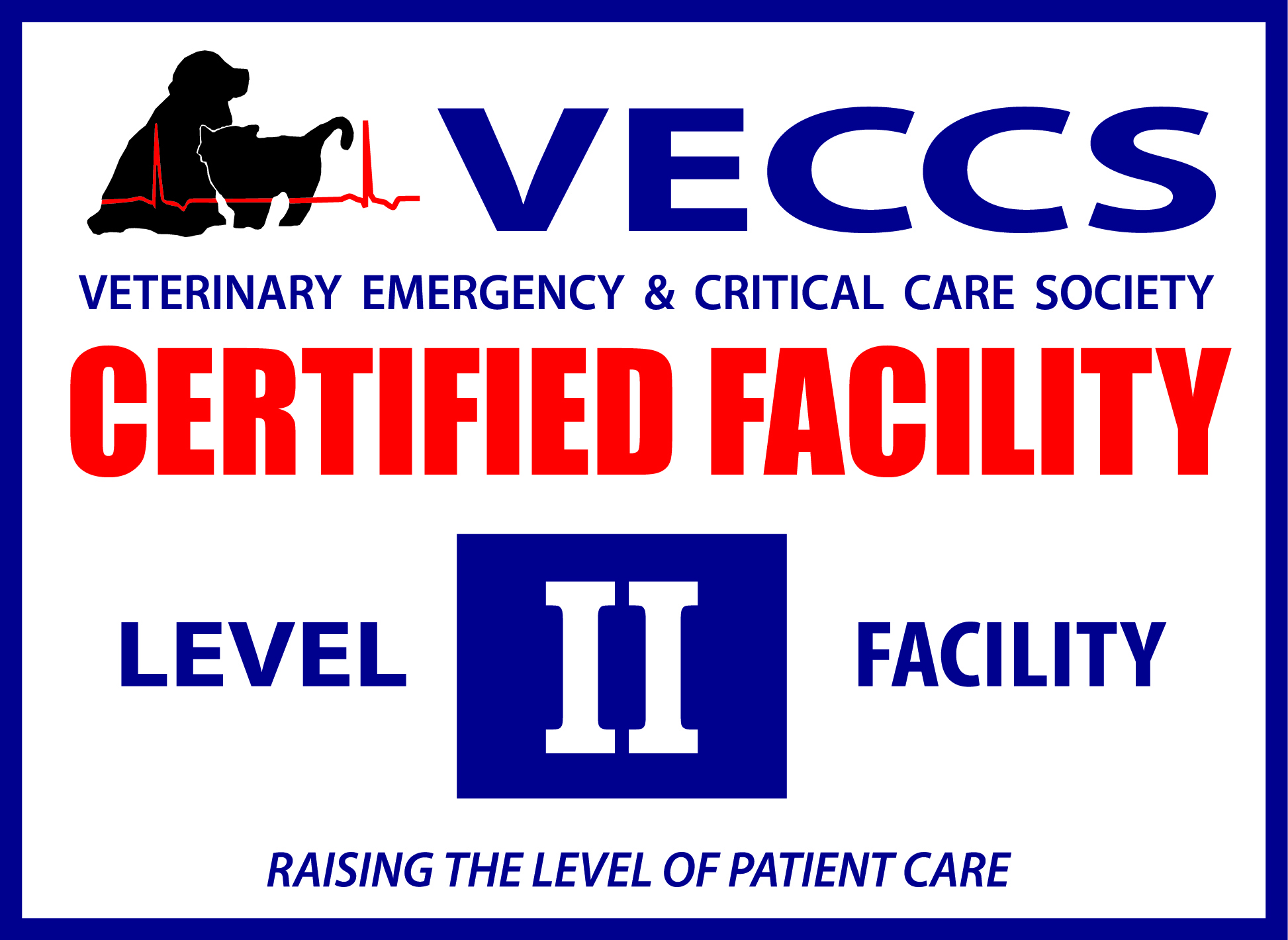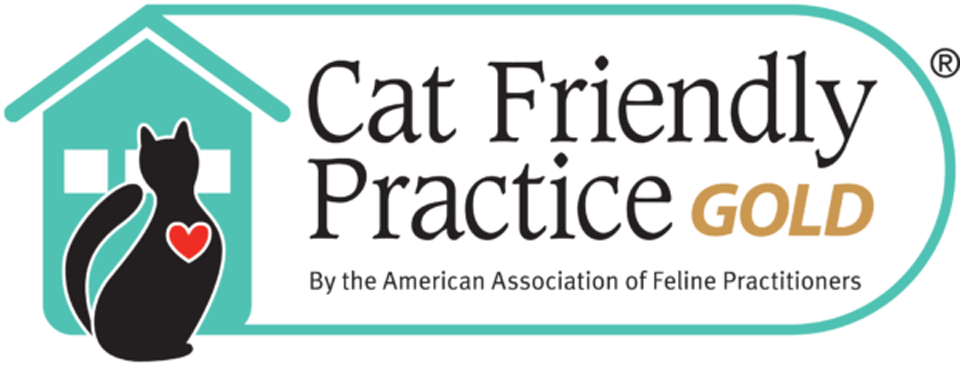Computed Tomography is commonly referred to as a CT scan or CAT scan. Computed tomography utilizes rotating x-rays around a patient to make cross-sectional images and is an extremely rapid imaging modality. Modern CT machines can generate hundreds of these cross-sectional images in just seconds. Also modern computer processing can make both two- and three-dimensional reconstructed images from the acquired CT data. Computed Tomography is an important part of imaging at the Veterinary Medical Teaching Hospital at Texas A&M University. Our new Diagnostic Imaging and Cancer treatment center holds a Siemens Somatom 40 slice helical CT scanner. The configuration of this machine allows for imaging of patients that weigh from a few ounces up to nearly 2,000 lbs. Besides dogs, cats, horses and cattle, many other species have been imaged, some of which include birds, mice, lions, llamas, and tortoises. Patients must be absolutely still during the CT imaging process, so general anesthesia (or sometimes heavy sedation in small animal patients) is utilized along with various foam positioning devices to assure proper patient positioning. Many patients that undergo a CT examination also receive intravenous contrast which acts as a “dye” to highlight blood vessels and the vascularity of tissues. CT images are acquired for a wide variety of cases. Most frequently, CT studies are made of spines, skulls, elbows, as well as a wide variety of tumors. In adult horses, we can image the limbs, skull, guttural pouches, and often the first few vertebrae. Computed tomography not only aids in the diagnosis of disease and patient prognostics, but it is also used as a tool in the planning of the patient’s treatment options.
Videos
CT scan of a normal yearling horse skull. The teeth, sinus cavities, brain, guttural pouches, TMJ’s, and ear cavities can all be evaluated.
3D rendering of a CT scan of a horse tarsus (hock). This imaging is helpful for surgical planning.



